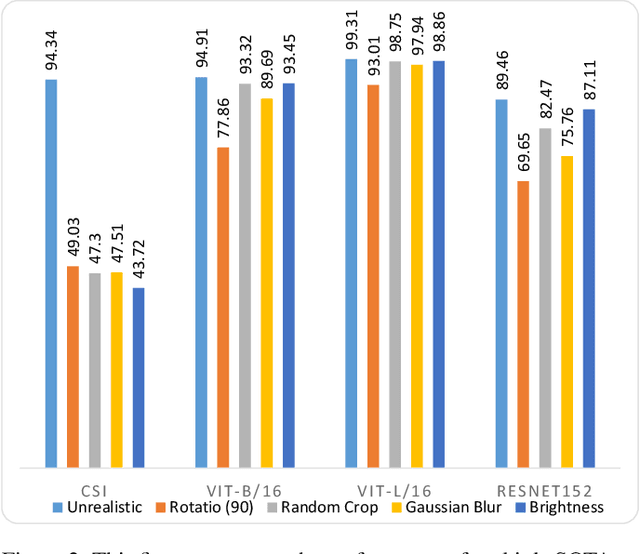Are Out-of-Distribution Detection Methods Reliable?
Paper and Code
Nov 20, 2022



This paper establishes a novel evaluation framework for assessing the performance of out-of-distribution (OOD) detection in realistic settings. Our goal is to expose the shortcomings of existing OOD detection benchmarks and encourage a necessary research direction shift toward satisfying the requirements of real-world applications. We expand OOD detection research by introducing new OOD test datasets CIFAR-10-R, CIFAR-100-R, and MVTec-R, which allow researchers to benchmark OOD detection performance under realistic distribution shifts. We also introduce a generalizability score to measure a method's ability to generalize from standard OOD detection test datasets to a realistic setting. Contrary to existing OOD detection research, we demonstrate that further performance improvements on standard benchmark datasets do not increase the usability of such models in the real world. State-of-the-art (SOTA) methods tested on our realistic distributionally-shifted datasets drop in performance for up to 45%. This setting is critical for evaluating the reliability of OOD models before they are deployed in real-world environments.
 Add to Chrome
Add to Chrome Add to Firefox
Add to Firefox Add to Edge
Add to Edge